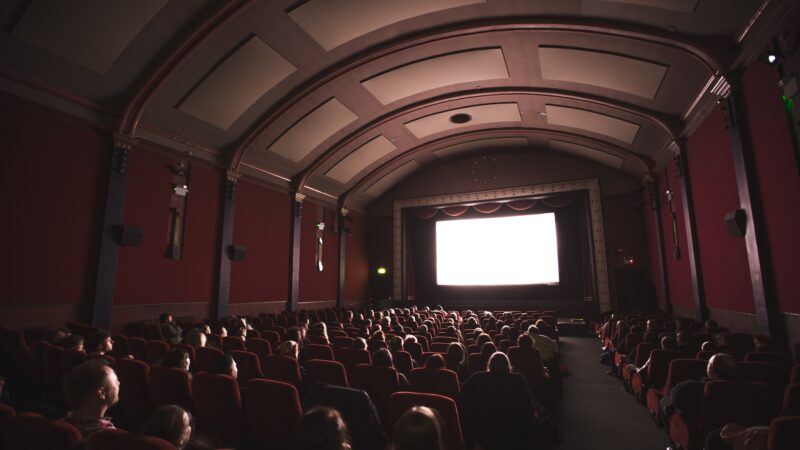Filmmaking has come a long way since it first emerged in the late 1800s as silent, black-and-white short films. Today, people around the world accept movies and television as a built-in part of their lives, often without considering the work and resources that go into their production process, or the impacts that result from them. Just because these impacts go unnoticed doesn’t mean they aren’t substantial; annual greenhouse gas emissions from major production studios can approach a million metric tons of carbon dioxide each year and the creation of just one major film can generate hundreds of tons of scrap metal and construction waste materials. In order to move towards a more sustainable future, the film industry must identify best practices that can limit their environmental impact without hurting financial performance.
One area to consider is the medium movies and television are shot on — digital memory cards or traditional film. While digital film technology has increasingly become the industry norm since it emerged at the turn of the 21st century, some filmmakers still prefer traditional film for its unique aesthetic. Ideally, filmmakers and producers would consider the environmental and economic implications of each option in their decision of what medium to use, but the impacts of digital versus traditional film are not widely understood. To address this gap, we are partnering with HBO to perform a comprehensive comparison of these two options, from examining the manufacturing process to discovering what happens to the product at the end of its useful life. The goal of this project is to develop recommendations for HBO and their studio partners to lessen the environmental impacts associated with production. Our hope is to help guide the film industry towards a more sustainable future of production.
Client: HBO
Student Team: Karyn Nguyen, Anh-Vy Pham, Liza Hayrapetyan, Madeleine Farrington, Ryan Long, Samantha Draghi, Serena Chang
Advisors: Viraj Sawant, Dr. Deepak Rajagopal

